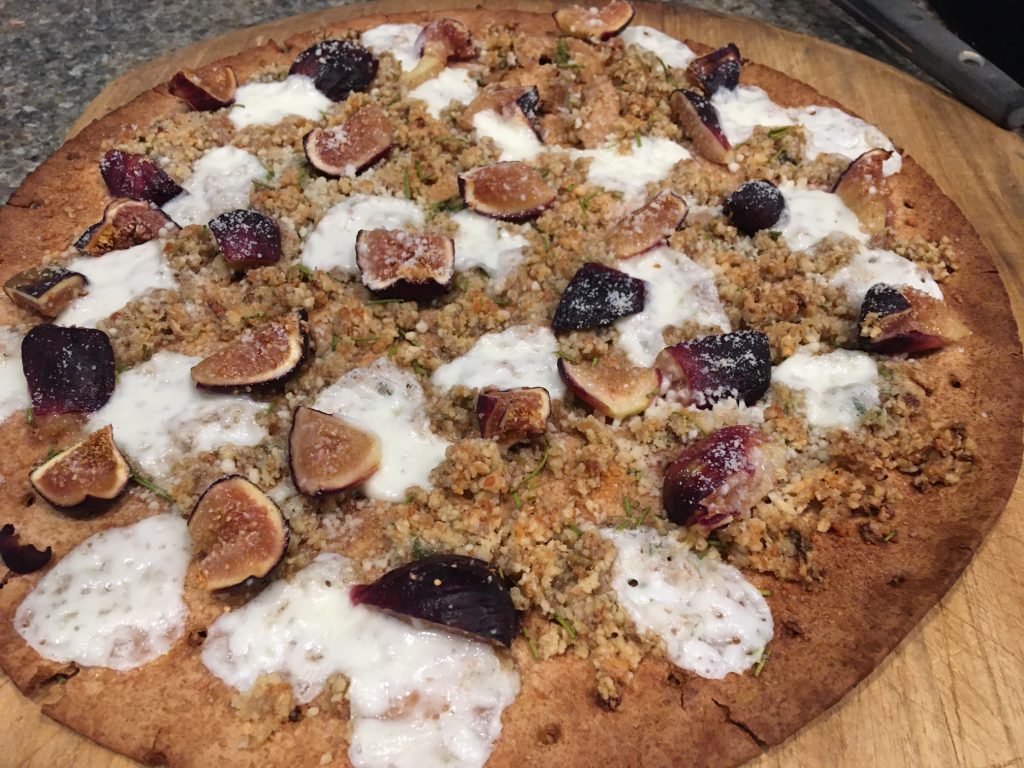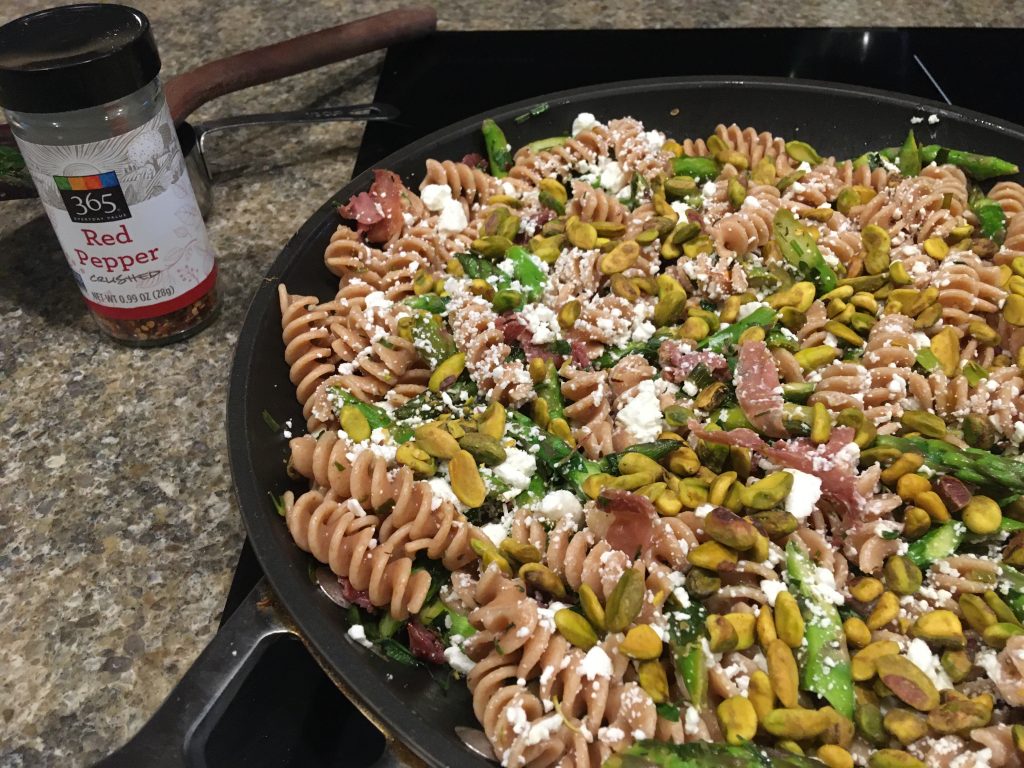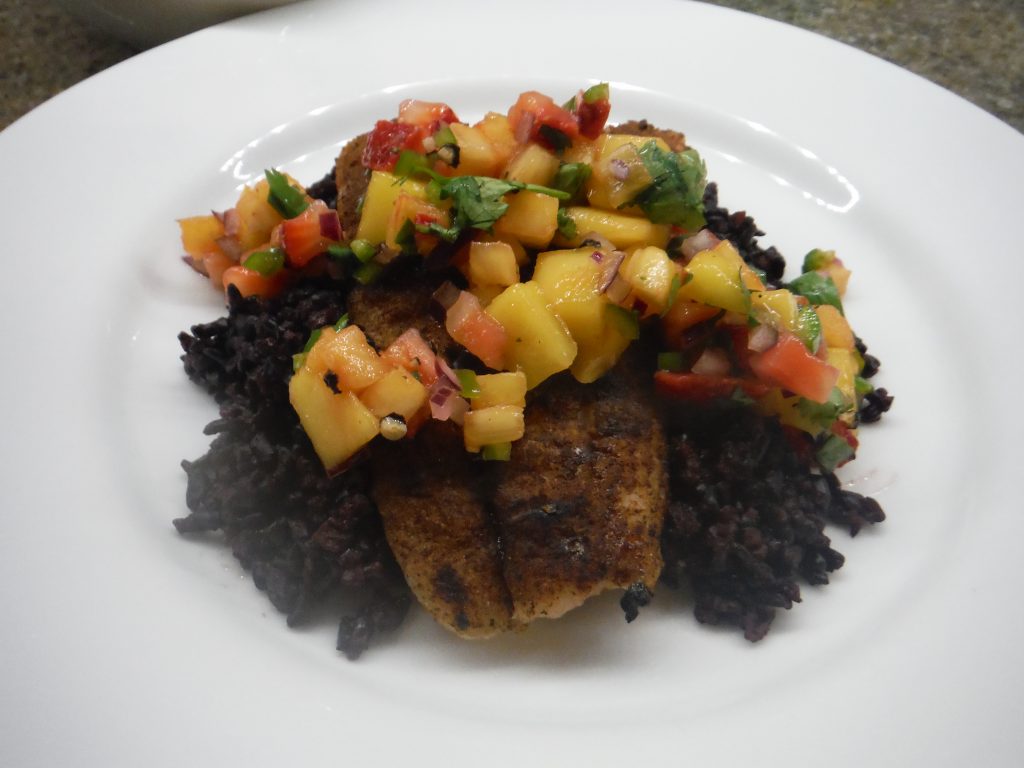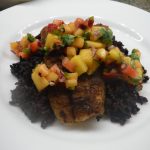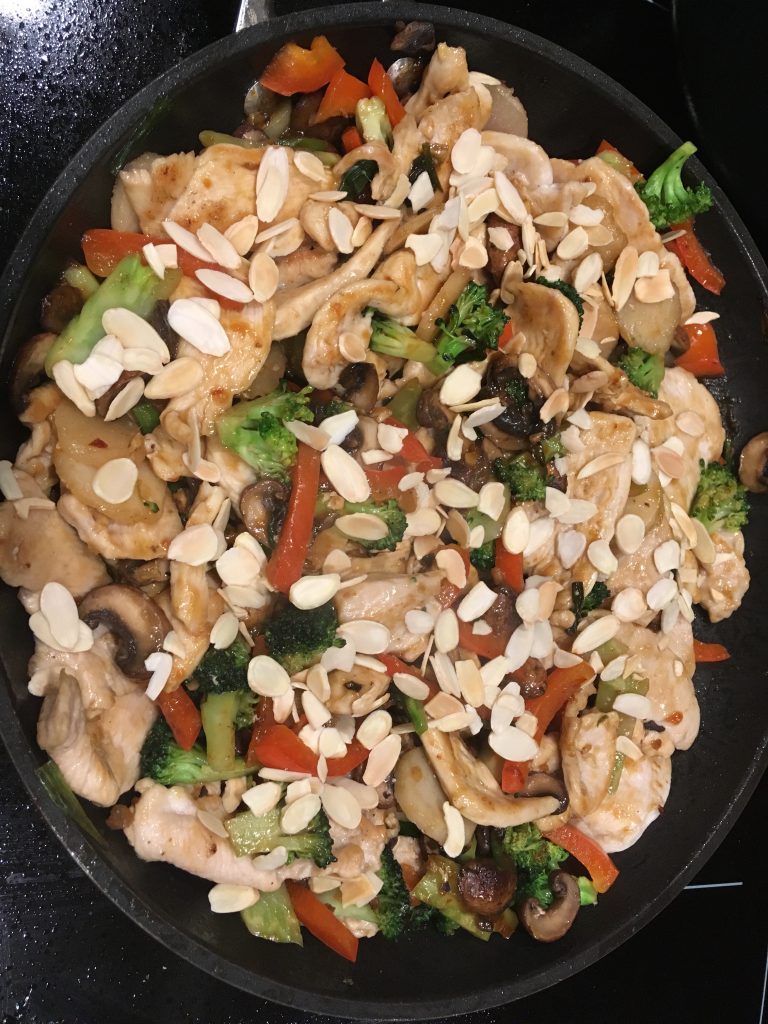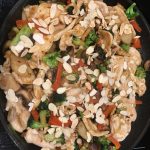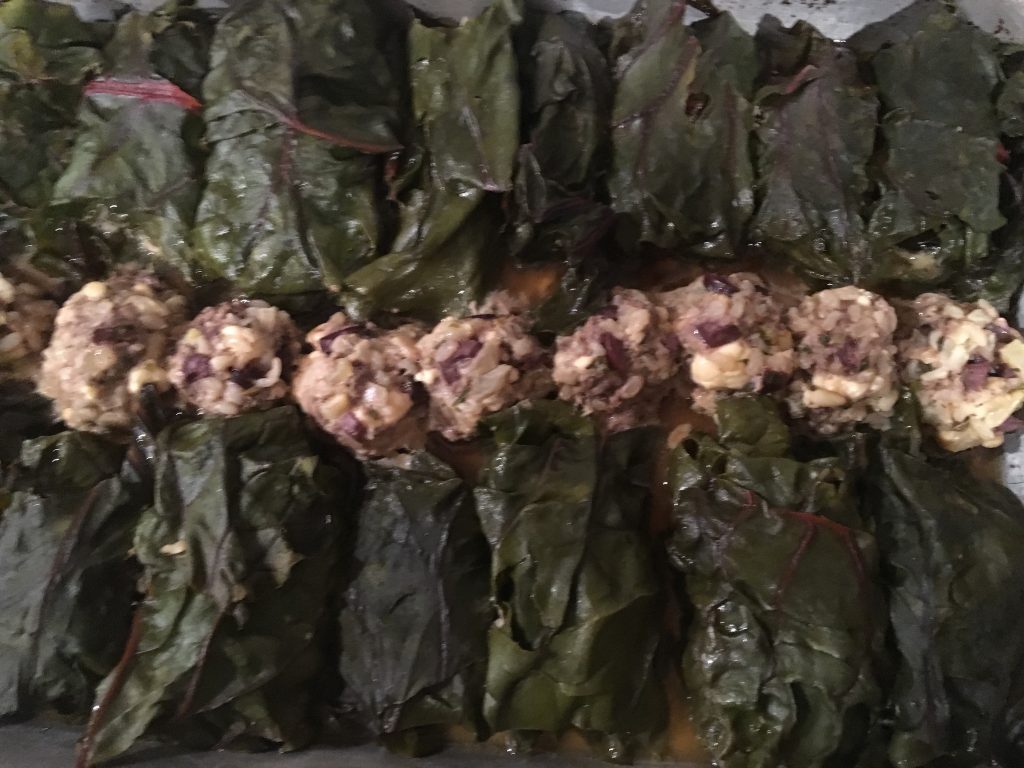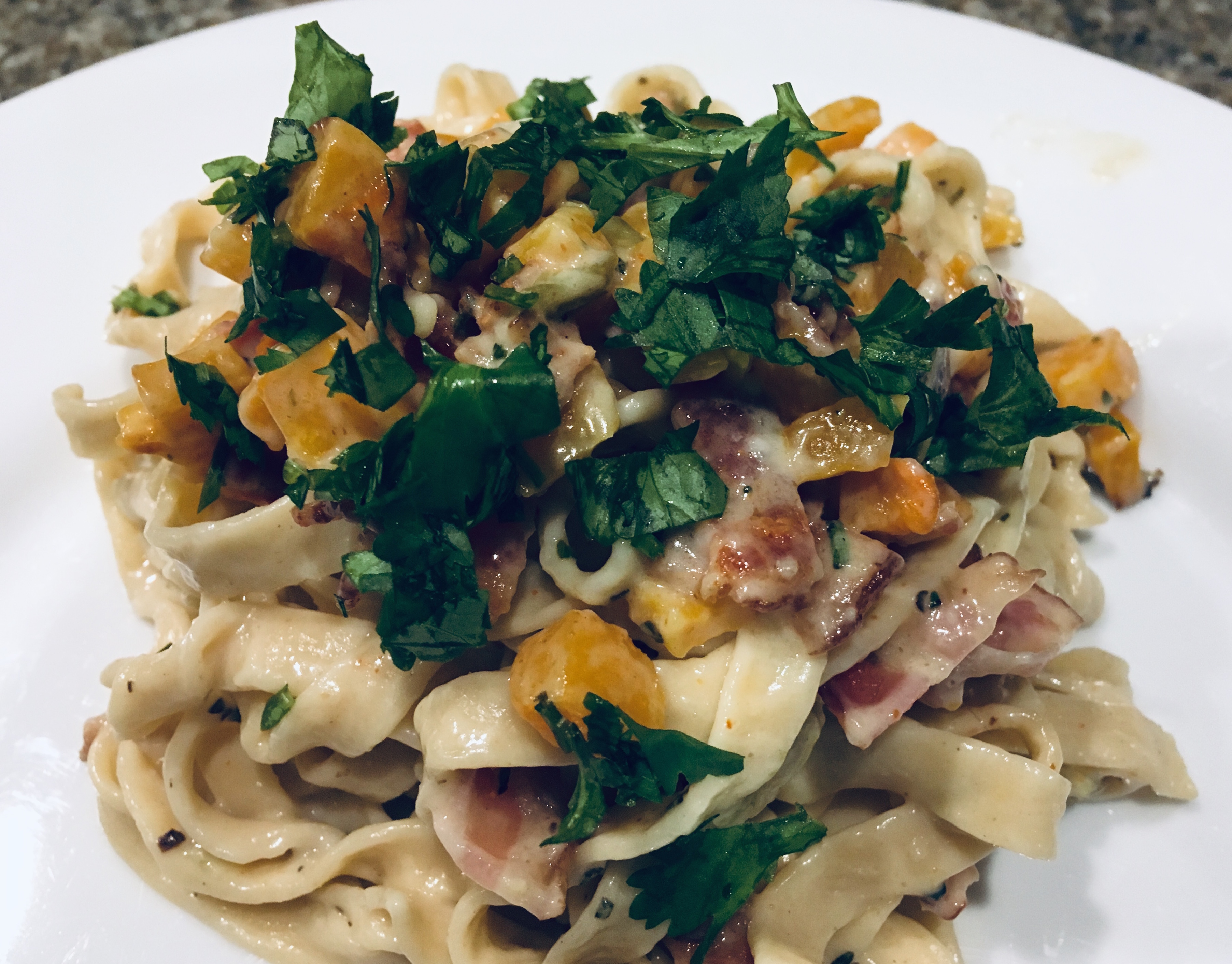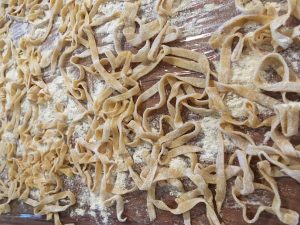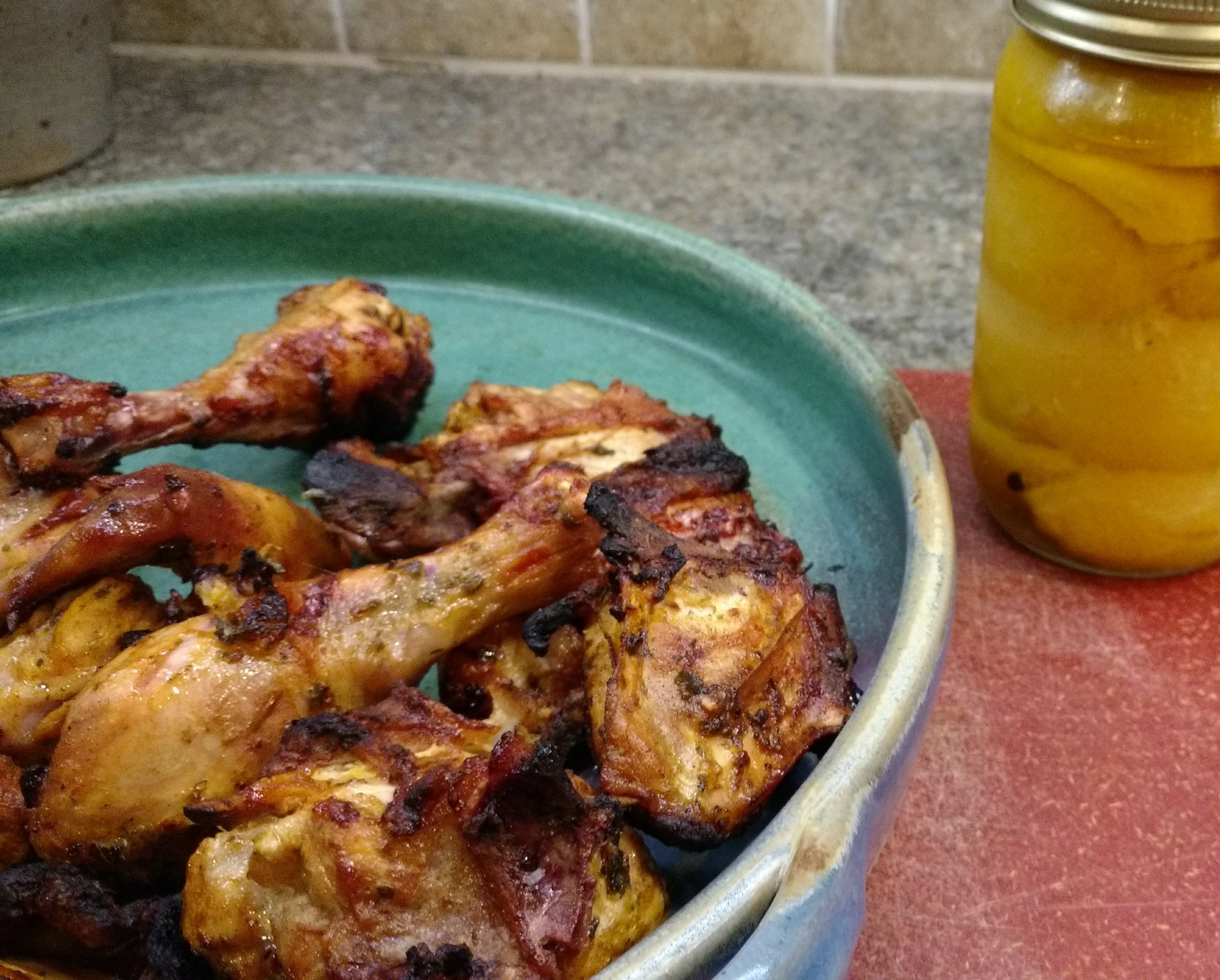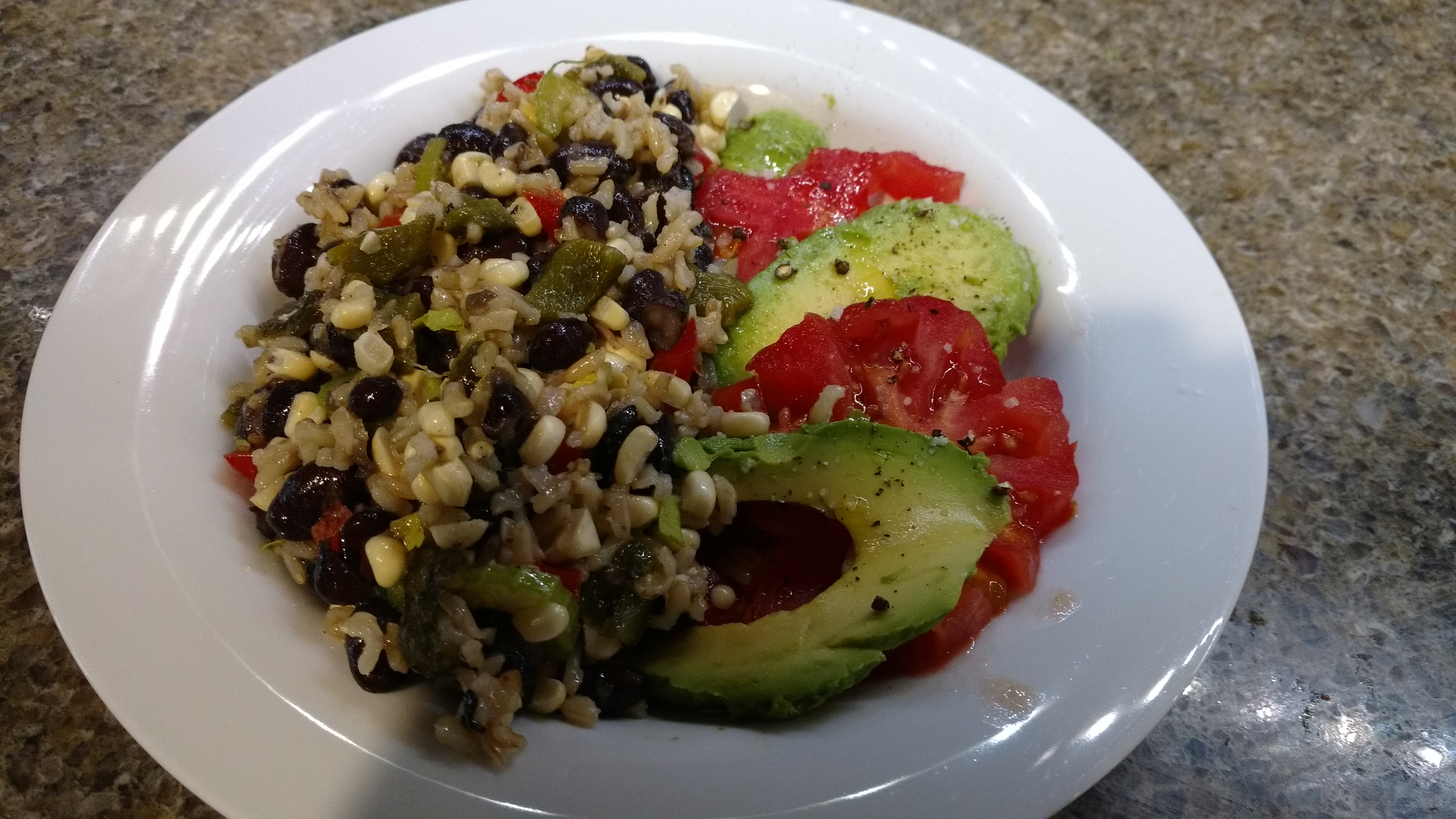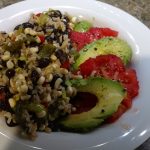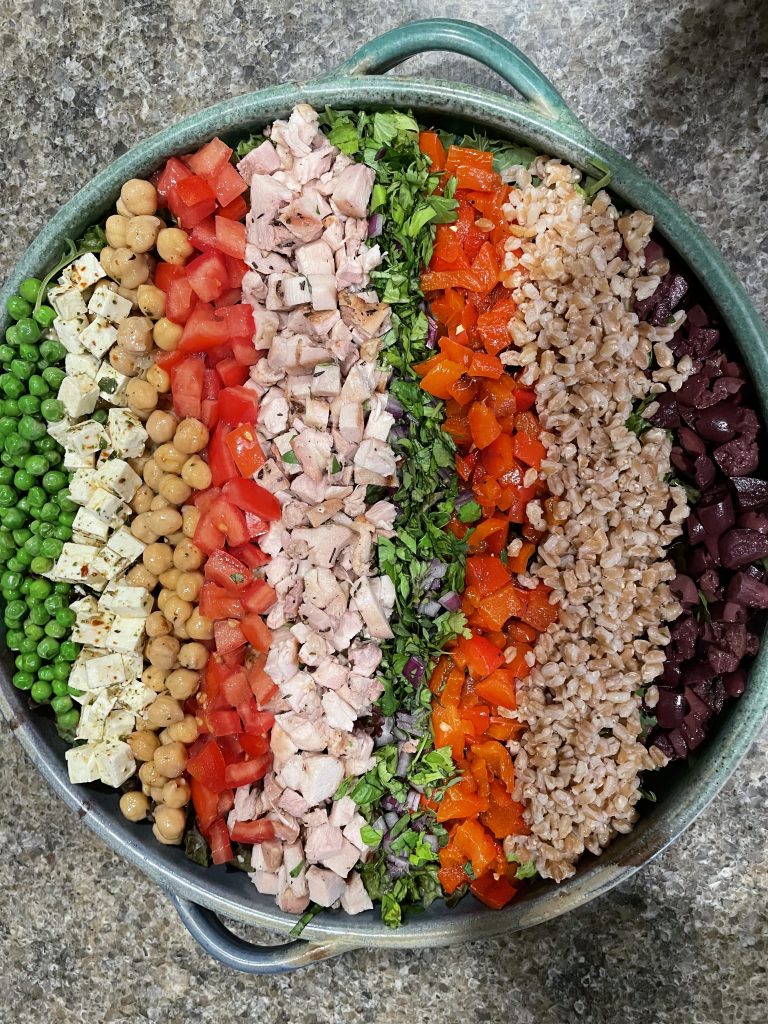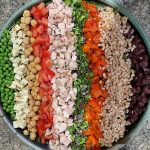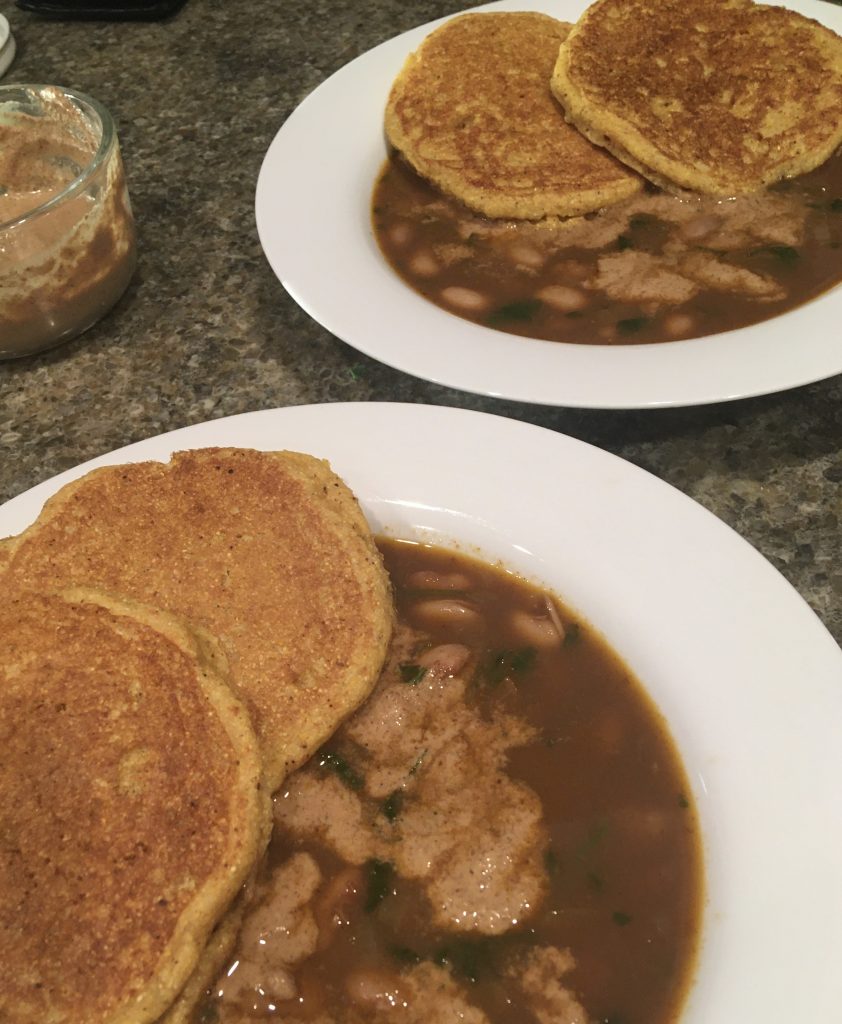
Eat food. Not too much. Mostly Plants.
Michael Pollan
It appears, from most of what I’m reading these days, that plant based diversity leads to a healthier gut. And heaven only knows I could use one of those! Apparently though, plant based diversity relies a bit more than I care for upon … beans. These little packages burst with low fat protein, antioxidants, and folate. Lower one’s risk of heart disease and cancer. Help stabilize blood glucose. I once heard them described as “nature’s scrub brush for the intestines.” Americans are urged to substitute beans for some of the animal foods we love to love. But you know, those beans are kind of bland… and hard to digest for one with a not-so-healthy-gut.
I did not grow up eating beans, honestly. My mom’s home baked beans from scratch were amazingly good, dressed up with bacon and brown sugar. But these were only made when there would be many people to eat them, such as at a family get-together. My dad had miserable ulcers and other digestive difficulties, and beans were simply not the best idea, or so it seemed. We didn’t want him eating too many of those leftovers! Living with many of these same issues, I’ve avoided them for years; however, I’ve discovered that in addition to soaking, sprouting makes them pretty digestible, while simultaneously releasing tremendous amounts of nutrients. Which is, sigh, what I need. And wouldn’t ya just know, my husband loves the little nuggets…
So beans are making an appearance a time or two a week, either in a starring or supporting role. But they need flavor! Spices! Heat! Smoke! Or something… to make them taste delicious. Bacon and brown sugar decidedly make them tasty, but those ingredients carry a lot of baggage these days. I’m looking in other directions. So the beans are simmered in beer with chopped onions, then seasoned with a mole influenced spice mix. Now, true mole sauce contains fruit, dried chilies, nuts and spices and takes most of the day to prepare, leaving in its wake a sink of dirty pans along with the use of every appliance in one’s kitchen. I know, having made it in my younger, more ambitious days. It is decidedly delectable and is usually the center of the plate, but it’s a bit of a pain to make. Which is why we’re going with the much simpler “mole influenced” spice blend. Heck, we’re already messing with cooking beans from scratch, and there’s only so much more going to happen. Oh! Did I neglect to mention that the bowls of beans are topped with chili-spiced corn cakes?
The dish turned out to be quite delicious, even for me. The beans are served with generous amounts of smoky broth, just waiting to moisten the corn cakes with every bite. This one takes some time, so I’d save it for a chilly day at home, in which you have time to cook. And remember-beans are good for you!
Pinto Beans with Mole Spices and Chili Corncakes
Ingredients
- 1 cup dry pinto beans, soaked for 8 hours
- 1 tbsp olive oil
- 1/2 cup diced onion
- 3/4 cup dark beer
- 3/4 cup vegetable broth
- 2 cups water
- 1/2 tsp salt
- 1/2 cup minced cilantro
- 1 tbsp olive oil
- 1 1/2 tsp ancho chile powder or substitute chile powder
- 1 1/2 tsp chipotle chile powder or 1 teaspoon chopped chipotle in adobo
- 2 tsp cocoa
- 1 tsp ground cumin
- 1/2 tsp cinnamon
- 2 tsp brown sugar
- 1 tbsp almond flour
- 2/3 cup cornmeal
- 1/3 cup flour
- 1/2 tsp salt
- 1/2 tsp sugar
- 1/2 tsp soda
- 1/2 tsp baking powder
- 1/2 tsp chipotle chile powder or 1 teaspoon chopped chipotle in adobo
- 1 cup buttermilk
- 1 large egg
- 1 tsp olive oil
- 1/3 cup sour cream, crema or cashew cream
Instructions
Pinto Beans
- In a large saucepan, saute the onions in the olive oil until translucent. Add the beans, beer, broth, and water. Bring to a boil and reduce to a simmer, cooking until tender, about 1 hour. While the beans cook, prep the mole spices. When the beans are just tender, add the 1/2 teaspoon salt, 2-3 tablespoons of mole spice mix and the cilantro. Cover and simmer on low heat for 20 minutes while preparing the corncakes.
Mole Spices
- Heat the 1 tablespoon of olive oil over medium heat. Add the remaining ingredients through the almond flour. Saute for several minutes to bloom the spices, then stir in the 1/2 cup water and simmer for 5 minutes, stirring to combine. Set aside.
Chile Corn Cakes
- In a medum bowl, combine the dry ingredients. In a second bowl, blend the buttermilk, egg and oil. Preheat the griddle and grease lightly. Combine the wet with the dry ingredients. Scoop 1/4-cup portions onto the griddle and bake several minutes, until browned on the bottom and bubbles appear on the top. Flip the cakes, baking several minutes until set and browned on the second side. Remove to a plate.
Assembly
- Combine the sour cream with 2 tablespoons of the mole spices. Portion the beans and broth into bowls. Drizzle with the seasoned sour cream. Top the bowl with 2 chile corncakes, and serve.


